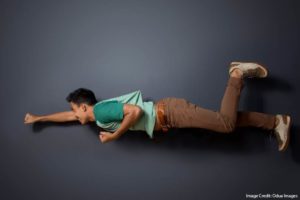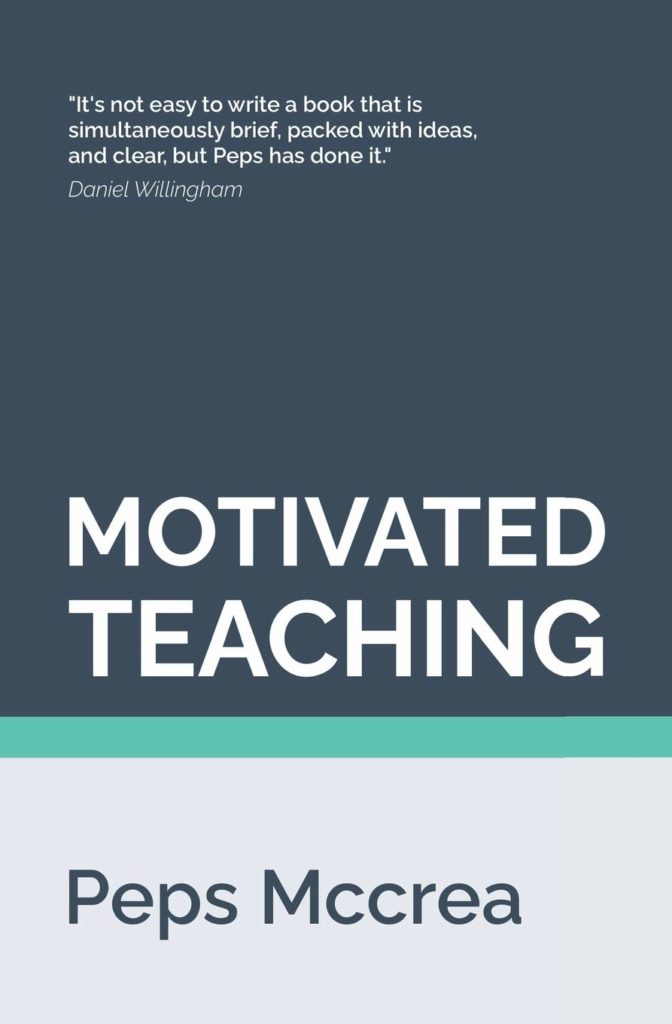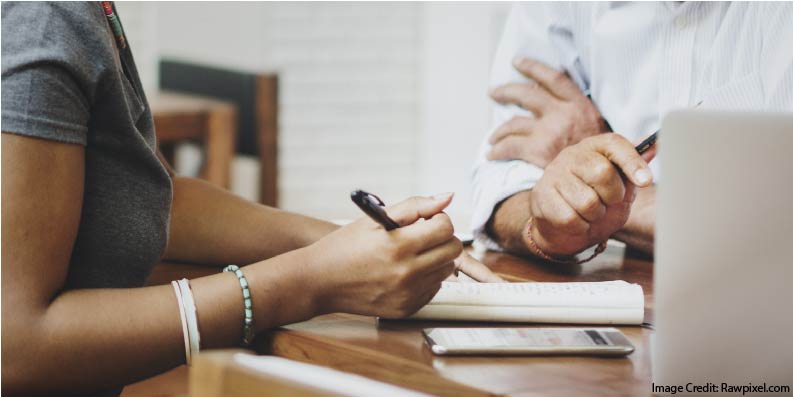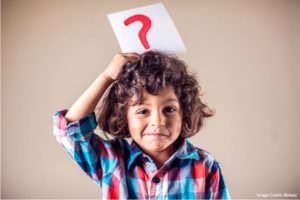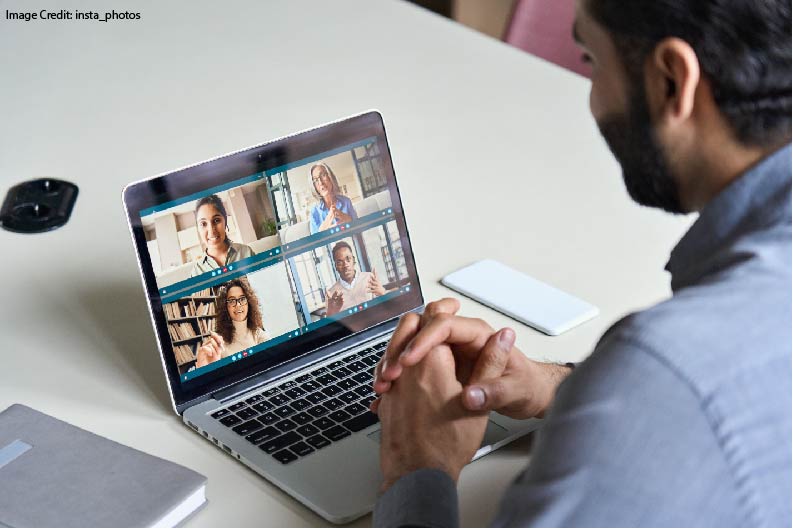
When do they lose focus and let their minds wander?
Does the length of the passage being read influence the answer to these questions?
Several researchers, including Dr. Noah Forrin, have been exploring this topic, and have some interesting — and helpful! — answers.
Here’s the story:
The Research Setup
Happily, this question can be explored with well-established methods.
Forrin and his colleagues had 80 college students read articles from Wikipedia: topics included “the galaxy,” “Pompeii,” and “Sartre.” The passages were at a 9th grade reading level, and ran about 500 words.
Students read half of these passages in one-sentence chunks (averaging about 12 words). The other half they read in two-to-six sentence chunks (averaging 30 words).
As students read, Forrin interrupted them to ask if they were thinking about the reading, or thinking about any topic other than the Wikipedia passage.
And — here’s a key point — Forrin’s team asked if the students were mind-wandering intentionally or unintentionally. (Yes: in this field, “mind wander” is a verb.)
Why ask that odd question?
If students mind-wander intentionally, they and their teachers can (presumably) have some control over that problem.
However, if mind wandering is unintentional, then we all might struggle to fix this problem.
As the researchers say:
“intentional processes are presumably more likely to be changed by instructions and conscious strategies than are unintentional processes.”
So, what did Team Forrin find?
The Results
Sure enough, the passage length mattered.
More precisely, it mattered for unintentional mind reading (but not intentional). When reading the one-sentence passages, students unintentionally mind-wandered 19% of the time; when reading long passages, they did so 24% of the time.
Forrin’s team speculates that long passages act as a signal that students might find the passage uninteresting. In their grim summary, they write that
students’ increase in mind-wandering while reading educational texts may (1) emerge rapidly, (2) persist over time, (3) harm comprehension, and (4) be related to a decrease in interest.
Ugh.
Next Steps
So, what should we DO with this glum news?
First, as is always the case, I think teachers should use our experience to apply research wisely to our circumstances. For instance, if you don’t have your students do online readings, don’t worry about Forrin’s findings!
If, however, your students spend LOTS of time reading online, then his conclusions merit your attention.
Second, I think these findings add to an increasingly clear research conclusion: online reading doesn’t promote learning as much as old-fashioned ink-on-paper does.
To my mind Dr. Lalo Salmeron’s meta-analysis remains the most useful exploration of this question. He goes through important findings (no, the age of the reader doesn’t matter; no, we aren’t getting better at this skill) and interesting exceptions (prose fiction).
Third, Forrin himself offers a practical suggestion. If we MUST assign online readings, and we CAN break them down into smaller paragraphs, then maybe we should. His research suggests that doing so reduces the amount of unintentional mind-wandering.
Potential result: students concentrate better and learn more.
If he’s right, then Forrin’s research will have been well worth reading — long paragraphs and all.
 About Andrew Watson
About Andrew Watson 


